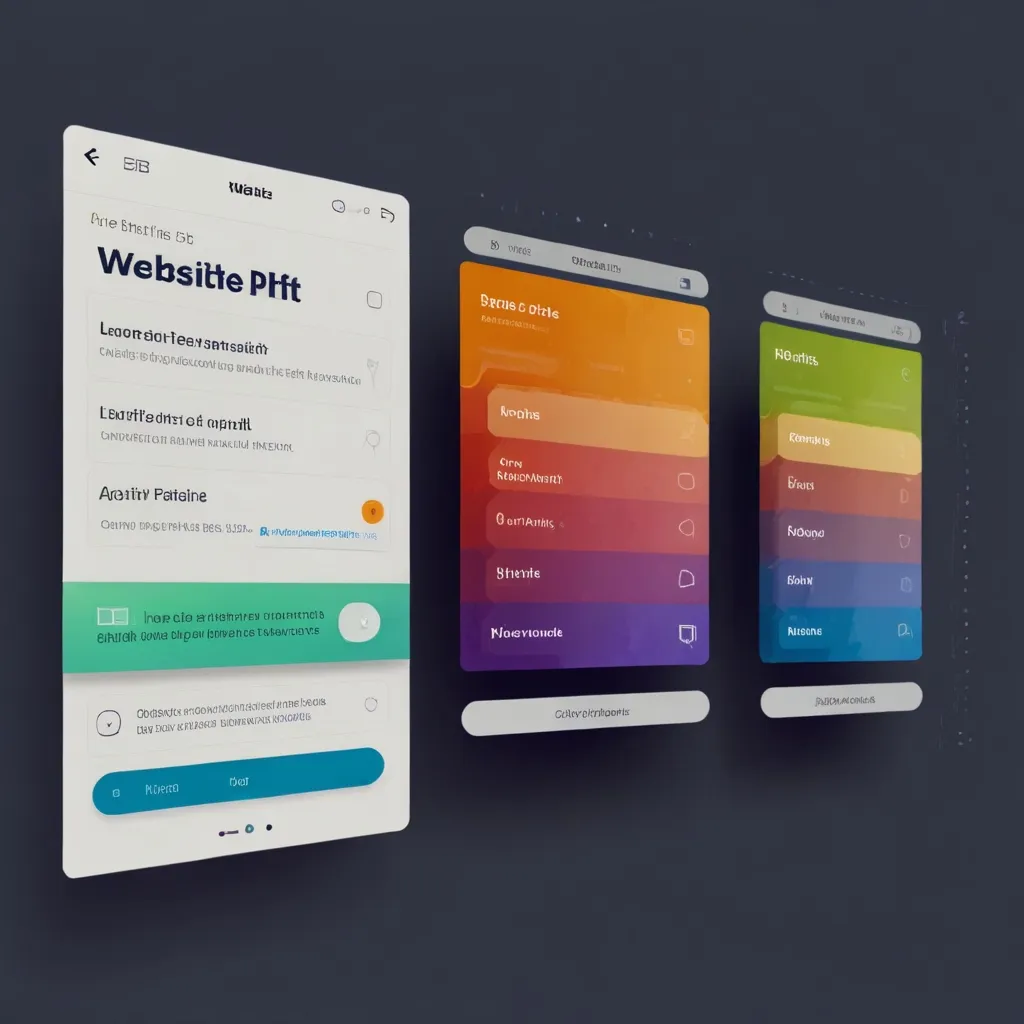Browser storage solutions have become essential for modern web applications. I’ll share my experience implementing these technologies and help you understand their distinct characteristics and use cases.
Local Storage offers the simplest approach to client-side storage. It provides a straightforward key-value storage mechanism, limited to strings only. I’ve found it particularly useful for small amounts of data that need to persist across browser sessions.
Here’s a basic implementation of Local Storage:
// Store data
localStorage.setItem('user', JSON.stringify({
name: 'John Doe',
preferences: { theme: 'dark' }
}));
// Retrieve data
const user = JSON.parse(localStorage.getItem('user'));
// Remove specific item
localStorage.removeItem('user');
// Clear all data
localStorage.clear();
IndexedDB represents a more powerful solution for complex data storage needs. It’s an object-oriented database that supports advanced querying and can handle significant amounts of structured data, including files and blobs.
A practical IndexedDB implementation:
const dbName = 'MyAppDB';
const request = indexedDB.open(dbName, 1);
request.onupgradeneeded = (event) => {
const db = event.target.result;
const store = db.createObjectStore('users', { keyPath: 'id' });
store.createIndex('name', 'name', { unique: false });
};
request.onsuccess = (event) => {
const db = event.target.result;
const transaction = db.transaction(['users'], 'readwrite');
const store = transaction.objectStore('users');
// Add data
store.add({
id: 1,
name: 'John Doe',
email: '[email protected]'
});
// Retrieve data
const getRequest = store.get(1);
getRequest.onsuccess = () => {
console.log(getRequest.result);
};
};
The Cache API provides a programmatic way to handle network requests and responses. I’ve implemented it extensively in Progressive Web Apps (PWAs) for offline functionality.
Example of Cache API implementation:
// Service Worker installation
self.addEventListener('install', (event) => {
event.waitUntil(
caches.open('v1').then((cache) => {
return cache.addAll([
'/',
'/styles/main.css',
'/scripts/app.js',
'/images/logo.png'
]);
})
);
});
// Handle fetch requests
self.addEventListener('fetch', (event) => {
event.respondWith(
caches.match(event.request).then((response) => {
return response || fetch(event.request);
})
);
});
When choosing between these storage solutions, consider your specific requirements. Local Storage works well for small amounts of simple data (up to 5-10MB). I typically use it for user preferences, session tokens, or small application state data.
IndexedDB is my go-to choice for larger datasets and complex data structures. It supports storing various data types and provides advanced querying capabilities. I’ve successfully used it for offline-first applications, managing large product catalogs, and handling user-generated content.
The Cache API excels at storing network requests and responses. It’s particularly valuable for PWAs and applications requiring offline functionality. I implement it alongside Service Workers to cache assets, API responses, and dynamic content.
Performance considerations play a crucial role in implementation. Local Storage operations are synchronous and can block the main thread. I’ve learned to minimize direct Local Storage interactions during critical rendering paths.
IndexedDB operations are asynchronous, providing better performance for larger datasets. However, its API can be complex. I often use wrapper libraries like idb to simplify implementation while maintaining performance benefits.
The Cache API’s performance shines in PWAs. It efficiently handles network requests and provides seamless offline experiences. I’ve found it particularly effective when combined with service workers for dynamic content caching.
Security aspects require careful consideration. Local Storage data is vulnerable to XSS attacks since it’s accessible via JavaScript. I always sanitize data before storage and avoid storing sensitive information.
IndexedDB offers better security through same-origin policy enforcement. However, I still implement additional security measures, especially when storing user-specific data.
The Cache API inherits security features from the Service Worker context. I implement versioning strategies and validate cached responses to prevent security issues.
Storage limits vary across browsers. Local Storage typically offers 5-10MB per domain. IndexedDB limits depend on available disk space, often reaching several hundred megabytes. The Cache API storage limit is typically tied to available device storage.
I implement storage management strategies to handle these limitations:
async function checkStorageQuota() {
if ('storage' in navigator && 'estimate' in navigator.storage) {
const {usage, quota} = await navigator.storage.estimate();
const percentageUsed = (usage / quota) * 100;
if (percentageUsed > 80) {
await clearOldCache();
}
}
}
async function clearOldCache() {
const cacheKeys = await caches.keys();
const oldCaches = cacheKeys.filter(key => key.startsWith('old-'));
await Promise.all(oldCaches.map(key => caches.delete(key)));
}
Data persistence patterns vary across these technologies. Local Storage data persists until explicitly cleared. IndexedDB data remains until the database is deleted or the browser’s storage is cleared. Cache API content persists until actively managed through code.
I implement maintenance strategies for each:
// Regular cleanup for IndexedDB
function performDatabaseMaintenance() {
const request = indexedDB.open('MyAppDB');
request.onsuccess = (event) => {
const db = event.target.result;
const transaction = db.transaction(['users'], 'readwrite');
const store = transaction.objectStore('users');
const oneMonthAgo = Date.now() - (30 * 24 * 60 * 60 * 1000);
const range = IDBKeyRange.upperBound(oneMonthAgo);
store.delete(range);
};
}
// Cache API maintenance
async function updateCache() {
const cache = await caches.open('v1');
const requests = await cache.keys();
const obsoleteRequests = requests.filter(request => {
return request.url.includes('/old-content/');
});
await Promise.all(
obsoleteRequests.map(request => cache.delete(request))
);
}
Browser compatibility requires attention. Local Storage enjoys broad support across modern browsers. IndexedDB support is also widespread but with varying implementation details. The Cache API is well-supported in modern browsers but requires fallback strategies for older ones.
I implement feature detection and fallbacks:
function getStorageMethod() {
if ('caches' in window) {
return 'cacheAPI';
} else if ('indexedDB' in window) {
return 'indexedDB';
} else if ('localStorage' in window) {
return 'localStorage';
}
return 'memory';
}
class StorageWrapper {
constructor() {
this.method = getStorageMethod();
}
async store(key, value) {
switch(this.method) {
case 'cacheAPI':
// Cache API implementation
break;
case 'indexedDB':
// IndexedDB implementation
break;
case 'localStorage':
// localStorage implementation
break;
default:
// In-memory fallback
}
}
}
These storage solutions serve different purposes and complement each other in modern web applications. I often use them together, leveraging each technology’s strengths. Local Storage for quick access to small data, IndexedDB for structured data storage, and the Cache API for network resource management.
The future of browser storage continues to evolve. New APIs and capabilities emerge regularly. Staying informed about these developments helps create more efficient and powerful web applications. The key is choosing the right tool for specific requirements while maintaining performance, security, and user experience.






